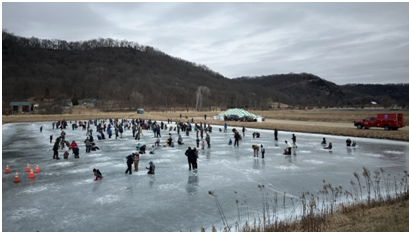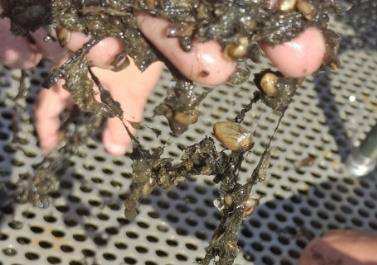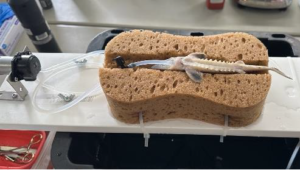
The annual Kids Ice Fishing Day at Genoa National Fish Hatchery on February 1, 2025 was an incredible success, bringing together over 500 attendees, including enthusiastic staff and dedicated volunteers! Hosted by the U.S. Fish and Wildlife Service’s three La Crosse area fisheries offices, in partnership with our Friends Group, the Friends of the Upper Mississippi, this year’s event was truly a celebration of community and nature.
With 250 children aged 5-12 participating, many of whom experienced ice fishing for the first time, the day was filled with excitement and learning. Under the expert guidance of Kyle Von Ruden, a Geneticist and avid fisherman from the Midwest Fisheries Center in La Crosse, participants received valuable ice fishing tips and a vital safety briefing before heading out to fish on pond 11.
After a morning of fishing, where many young anglers caught their limit of three rainbow trout each, families enjoyed a light lunch catered by our Friends Group. A cozy warming tent with coffee and cocoa provided a perfect spot to warm up throughout the day.
A heartfelt thank you goes out to our volunteers, the Friends of the Upper Mississippi, the USFWS staff and the Roch Kendrick memorial for making this event possible. It was a wonderful morning spent outside, fostering a love for nature among children and their families! By: Erica Rasmussen



















